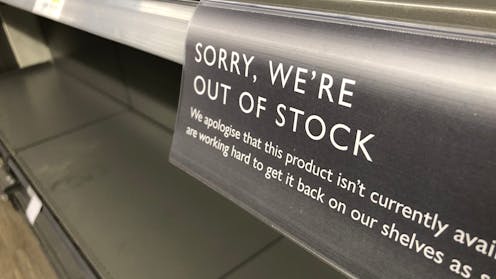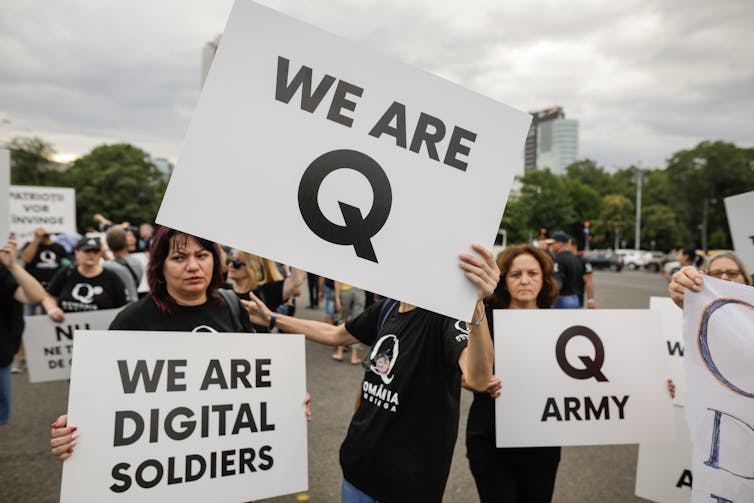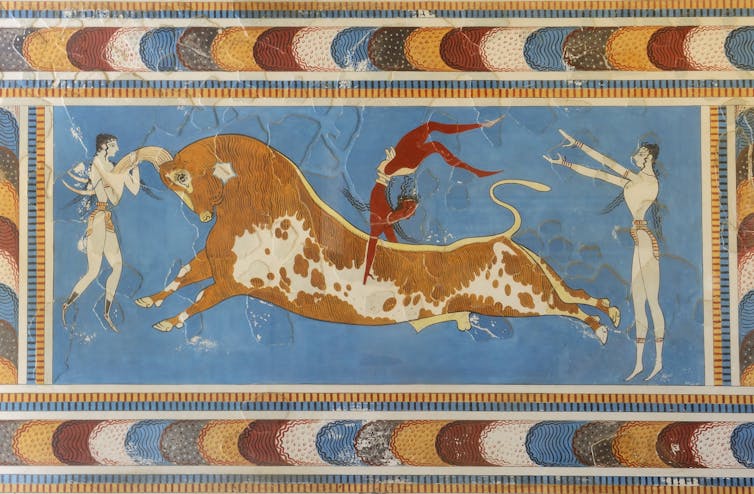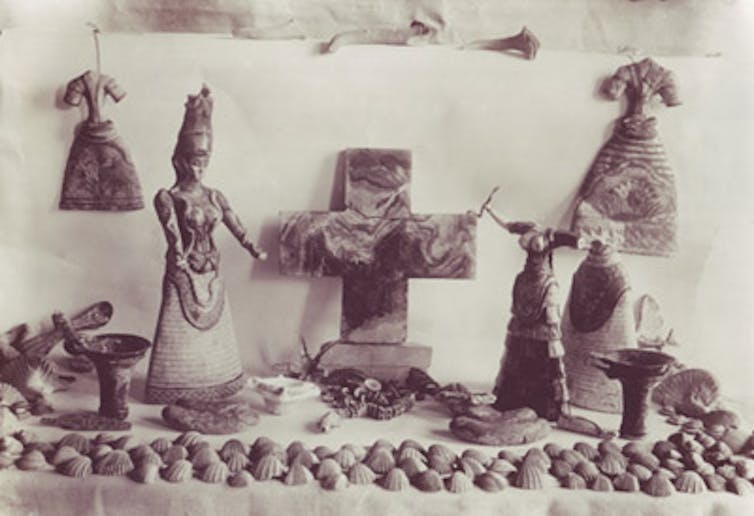Source: The Conversation – UK – By Alexander Stoffel, Lecturer in International Politics, Queen Mary University of London
Authenticity, everyone’s looking for it, yet it seems nowhere to be found. From the political arena to pop culture to relationships, our obsessive search for authenticity is a symptom of its absence.
We have many terms to describe insincerity and inauthenticity in the age of social media. There’s virtue signalling, which is presenting yourself as aligning with an opinion, cause or social justice movement in order to look good while not really caring about it. There’s also queerbaiting, a term used to describe a person (often a celebrity) who acts as though they were queer without publicly identifying as such, often to attract an LGBTQ+ audience. And, most recently, the trope of the “performative male” seems to have sprung up.
You might catch a performative male ostentatiously reading Sally Rooney in public, while sipping a matcha latte and wearing wired headphones and a pair of Birkenstocks with socks. His profile picture on dating apps might show him holding a baby, and he probably likes to talk about his dog. His interests, gestures and style are all meant to convey a progressive political sensibility and an artistic aesthetic.
In a world where Andrew Tate is a role model and young men are being radicalised to the right, a guy quoting the black feminist scholar bell hooks over a kombucha feels like a minor miracle to many. So why are people online being snarky about men attempting to embody a reconstructed masculinity?
Dating today can feel like a mix of endless swipes, red flags and shifting expectations. From decoding mixed signals to balancing independence with intimacy, relationships in your 20s and 30s come with unique challenges. Love IRL is the latest series from Quarter Life that explores it all.
These research-backed articles break down the complexities of modern love to help you build meaningful connections, no matter your relationship status.
Well, if you trust the pages of Cosmopolitan or The New York Times, it’s all “just” a performance. And what’s worse, these men are actively trying to manipulate women into believing that they’d actually be caring and progressive partners.
This raises the question: What are we asking of men exactly? That they go back to posting gym selfies and Jordan Peterson quotes? I’m not convinced that it’s “embarrassing” when straight men try to appear as “good guys”. In fact, men reading feminist literature, openly expressing their feminine side and embracing caregiving roles all strike me as pretty hopeful things.
Now, some might say that this is not what these men are really like. But treating every stranger with deep suspicion is an existentially depressing way to go through life. Our default position shouldn’t be to relate to men as manipulators. This puts them in an impossible position.
Others might insist that a man’s social media is only about keeping up an appearance. But of course it is. That’s exactly what social media and dating apps are: self-branding tools. The irony is that we’re expected to create an authentic yet also rigorously curated presentation of ourselves.
It makes sense to complain about how shallow social media is. It makes less sense to blame individual men for social media’s shallowness. Social media highlights what has always been true about gender.
Anyone who’s ever taken a gender studies class will have heard the line, “gender is performative”. The insight here is that there is no such thing as an “authentic male”. There are only different performances of masculinity. What people are commenting on when they call someone a “performative male” is simply a different kind of performance that is less traditional and less naturalised.
We should also ask ourselves what kind of culture we create when we see the world as teeming with performative males, queerbaiters and virtue signallers. Assuming every man with a tote bag is a con artist breeds a culture of surveillance, paranoia, distrust, and the creepy belief that strangers owe us details of their private lives.
The notion that most men are just fraudsters, cynically posing as well-intentioned to deceive women, creates a toxic public environment. Its effects become most visible when celebrities like Kit Connor are forced to come out to dispel suspicions about the authenticity of their gender or sexuality.
This online authenticity discourse is all the more insidious when it cloaks itself in the language of feminism while mocking performances of non-traditional masculinity. In this sense, it shares features of what gender scholar Asa Seresin has termed “heteropessimism”: a way of voicing legitimate frustrations with heterosexuality, dating and men that looks progressive but does nothing to address them.
Desire is always an uncertain business. We find it difficult and unsettling because it sits somewhere between fantasy and reality, between appearance and truth, between representation and essence. But writing off all “good guys” as manipulators won’t do away with this difficulty. We can’t stop men from performing. At least let them audition.
![]()
Alexander Stoffel does not work for, consult, own shares in or receive funding from any company or organisation that would benefit from this article, and has disclosed no relevant affiliations beyond their academic appointment.
– ref. Let ‘performative males’ be – gender has always been a performance and our need for authenticity is bad for us – https://theconversation.com/let-performative-males-be-gender-has-always-been-a-performance-and-our-need-for-authenticity-is-bad-for-us-263478














